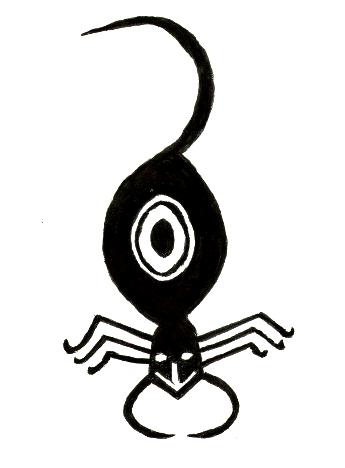[By evening] [t]he women have eaten their evening meal informally round the fires and are just chatting. In a hut three girls are sitting by candlelight, one of them, who has been to school, writing a love-letter for her friend to her lover in town. […] In another hut some children have persuaded Mamujaji, an elderly woman, to tell them tales. She begins,
‘Ngano-Ngano (a story, a story).’
They reply, ‘Ngano.’
‘Once upon a time,’ she continues, but before she gets further they again interject,
‘Ngano.’ Then she goes on,
‘There lived a boy who had sores all over his body.’
‘Ngano,’ they repeat whenever the speaker hesitates or takes breath.
‘One day when the girls went to fetch grass…’
This is the beginning of a story about a bird who gives away the girls who kill the boy. A marked characteristic is the frequent occurrence of a song and refrain, during the telling of the tale, in this case, ‘Phogu, Phogu ya Vorwa, &c.’ (‘Bird, bird of the south’), so that what with the interjections and singing of the chorus of the refrain, the listeners appear to take as active a part in the story as the narrator herself. At the end of each tale there is a long-drawn-out ‘Ngaaano’ and all spit into the fire.
In the small villages of today storytelling has almost completely died out. Where there are only one or two present a story loses most of its charm, and there are many young men and women who know practically no stories, more particularly among Christians, whose parents prefer them to learn their lessons rather than tell them stories.
E. J. Kriege and J. D. Kriege, The Realm of a Rain-Queen: A Study of the Pattern of Lovedu Society, London, New York and Toronto: Oxford University Press, 1943, p. 29
Illustration inspired by a petroglyph of the Pueblo Indians of North America




